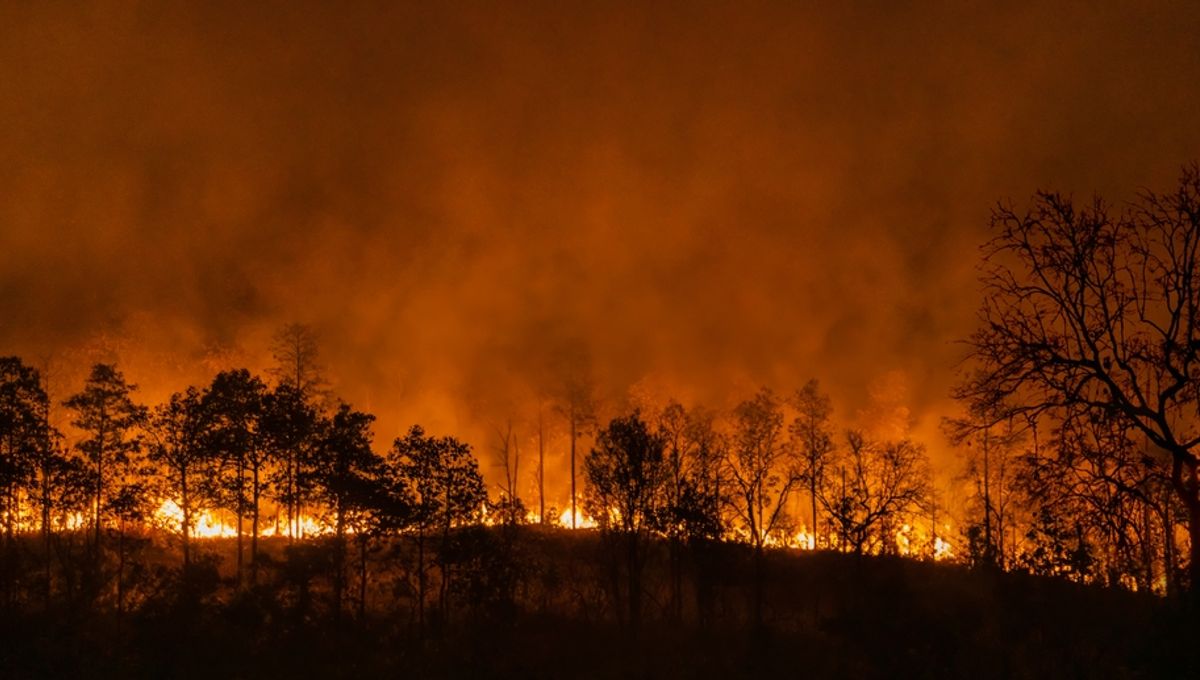
El Niño, at its worst, can be devastating. It’s the climate phenomenon that sees the Pacific jet stream moved southwards by reduced equatorial winds, causing everything from heatwaves in Canada, to droughts in Africa, to intense storms over the west coasts of the Americas.
Well, bad news: according to a new paper, those worst-case scenarios are likely to become very normal – and there’ll be no going back if it happens.
“Extreme Eastern Pacific (EP) El Niño events are associated with heavy precipitation events and extreme droughts,” the study begins, adding that “in the observational record, they are quite rare so far.”
But should the planet warm past a certain point, that may change dramatically. By modeling the Earth’s climate system under both heated and cooled conditions, the authors discovered that the ENSO, or El Niño-Southern Oscillation – the technical term for the phenomenon, which also includes the cooler “La Niña” phase – may be what’s known as a “tipping element” for the planet’s climate.
So, what does that mean? “A tipping element involves a positive feedback that enhances global warming,” explains the paper – “for example, reduced albedo due to reduced ice cover.”
And El Niño events can do exactly the same thing. “During extreme El Niño events a huge amount of heat is released to the atmosphere that is otherwise stored in the subsurface ocean,” the authors write – and while previous extreme El Niños have only resulted in short-term heat releases, that can be enough to trigger other tipping elements.
“In the worst case, [it can] initiate a tipping cascade, and therefore further enhance global warming,” the paper warns.
More worrying is the fact that, should a tipping element be triggered, it’s basically irreversible – “even if global warming would be reversed to 0[C],” the authors explain. According to multiple climate models, a change in the ENSO would take more than a century – potentially up to 200 years, in fact – to return to normal.
In other words: if the ENSO changes just a tiny bit too far, then it’ll change hard – and it will take a long, long time for any of us to recover.
And here’s the worst part: the paper puts the tipping point at just +3.7°C. Should that limit be reached, they suggest, more than 90 percent of El Niños will be what we now consider extreme.
So far, we’re already above +1.5°C, and we’re projected to reach +2.9°C by the end of the century.
Of course, the model also predicts dire consequences if the planet cools too far – but let’s face it, that’s not a pressing concern right now. Either way, though, such changes to the ENSO would have “severe socio-economic impacts in the Pacific region and beyond,” the authors warn – not to mention a huge death toll for humans and wildlife alike.
So, is there any cause for hope? Just a small one: this is just one study, the authors point out, and it used very slightly different variables from most climate models. Their results “therefore can’t answer this question conclusively,” they note, and “have to be considered with some caution.”
Still, it paints a less-than-rosy picture of the future. “Four of the five criteria of a tipping element are fulfilled in our experiments for ENSO,” the paper warns – and the fifth one is only discounted through lack of data.
“We believe that the discussion on whether ENSO can be considered as a tipping element should be taken up again,” they write, “and addressed in more detail by further experiments and analyses.”
The paper is published in the journal Geophysical Research Letters.
Source Link: Almost Every El Niño Will Be Extreme In The Future, Climate Model Suggests